
France has been an important contributor to coffee culture over the years, making terms like café au lait and café du jouras indispensable as the almighty croissant. And it was in France that, during the 1850s, an early version of the French Press (which is called a cafetière in French) was patented — although Italian designers Attilio Calimano and Giulio Moneta came up with their own version in the 1920s. The device is still commonly used, but it is important to understand how to use a French Press correctly.
We’ll also teach you some handy tips on how the French Press can enhance more than just your coffee in the kitchen.
HOW TO USE A FRENCH PRESS
The first step in learning how to use a French Press is getting acquainted with its parts. In its modern-day form, a French Press includes a plunger, a lid, a filter, a beaker, a base and a handle. The base and handle are attached to the beaker, which is where baristas place the coffee grounds and hot water — while the filter and plunger are attached to the lid.
 French Press Coffee Maker at $24.99
French Press Coffee Maker at $24.99Unlike standard electric coffee makers, a French Press doesn’t require paper coffee filters because it doesn’t use a drip method. Rather, the grounds are soaked right in the hot water.
STEP 1: PREHEATING
First, preheat the French Press, which is done by adding some hot water and moving it around before removing the water. The preheating process will help the coffee stay hot longer.
STEP 2: MEASURING YOUR GROUNDS
How much coffee one uses when learning how to use a French Press depends on the size of the press and the number of cups desired. Someone making eight or nine cups using a larger French Press will naturally be measuring more coffee than someone who is only making two or three cups. A digital kitchen scale can help baristas make sure they measure the correct amount of coffee their cafetière calls for.
STEP 3: WATER RATIO AND TEMPERATURE
When learning how to use a French Press, it is vital to know how much water to use and how hot that water should be. The ratio should be 1:15 — that is, one part coffee for every 15 parts water. And baristas can make sure they get that ratio by weighing the water and coffee. Meanwhile, the temperature of the water, which can be heated on a stove, should be around 195-205°F/90-96°C — and baristas learning how to use a French Press can use a thermometer to make sure the water is sufficiently hot.
STEP 4: ADDING COFFEE GROUNDS AND WATER
After making sure they have the correct 1:15 ratio and have heated the water to the right temperature, it’s time to place the coffee grounds in the French Press, followed by the hot water. Then, baristas should use a spoon to stir the coffee and make sure it is totally immersed in the water.
STEP 5: ADD LID AND PRESS
Adding the lid once the coffee grounds are immersed in the hot water is important because that lid provides insulation. Coffee lovers learning how to use a French Press often ask how long the coffee should steep before the plunging starts, and four or five minutes is the average — although that isn’t written in stone.
After the coffee has steeped, it’s time to slowly press down the plunger. And in order to get great-tasting coffee, it is important to press the plunger all the way down.
STEP 6: ENJOY!
After the coffee has been plunged, voila — the coffee has been made, and it’s time to sit back and enjoy it.
OTHER CREATIVE WAYS TO USE YOUR FRENCH PRESS
Although French Presses are primarily used for preparing coffee, many baristas who use French Presses know the amazing versatility of this time-honored device. Here are just some of the many ways in which using a French Press can expand your kitchen as more than just a coffee maker.

PREPARING TEA
In the U.K. using a French Press has long been a staple for quickly and easily preparing tea leaves without a seeper. The grated press of the device keeps the tea leaves contained while brewing and the pressure of the French Press can even help to activate the flavor of the leaves more thoroughly. To prepare tea using a French Press, start by placing tea bags or tea leaves inside the device; then, pour in the hot water, cover it with the lid, let it steep for several minutes, and press the tea to the bottom.

MAKING HOT CHOCOLATE
Using a French Press doesn’t need to be limited to brewing. The press function can also be used to froth milk for lattes and hot chocolate. By pumping milk through the French Press, you can aerate the milk and give your hot cocoa a light and fluffy texture. First, place finely ground chocolate in the bottom of the French Press; then, pour hot milk over it and leave it alone for about two minutes. After that, pump it hard for about 60 seconds to froth for a silky milk chocolate experience.

SERVING APPLE CIDER
Another time-honored beverage made simple using a French Press is apple cider. Start by cutting ten apples into four pieces each. Then, place the 40 apple slices in a pot on the stove with boiling water, add a ¾ cup of sugar along with a tablespoon of allspice and a tablespoon of cinnamon. With the pot uncovered, boil this mixture for an hour and let it simmer for two hours after that. Next, place the mixture in the French Press, use its plunger to press the apples, and get the remaining liquid out of them.

ADDING HERBS TO COOKING OILS
The usefulness of a French Press goes beyond drink preparation; this handy device can also be used for adding flavors to cooking oils and sauces. First, pour the oil, or sauce, into the French Press, then, add any fresh herbs or spices that can accent the base flavor to your liking. Let the herbs and spices sit for 20 minutes and press down with the plunger to mix.

MAKING GUACAMOLE
Mashing avocados for guacamole can be a messy undertaking and often requires you to make a large portion. For times when you only need to prepare a small amount, using a French Press can help you to portion guacamole perfectly for dishes like tacos, burritos, and single-serving portions of chips. Using a French Press, easily mash the avocados needed for making guacamole by cutting up the avocado and mashing it with the plunger.
The better one understands how to use a French press, the more delicious your coffee and other fun recipes will taste. And one needn’t live in Paris or Nice to enjoy the time-honored pleasures of la cafetière!



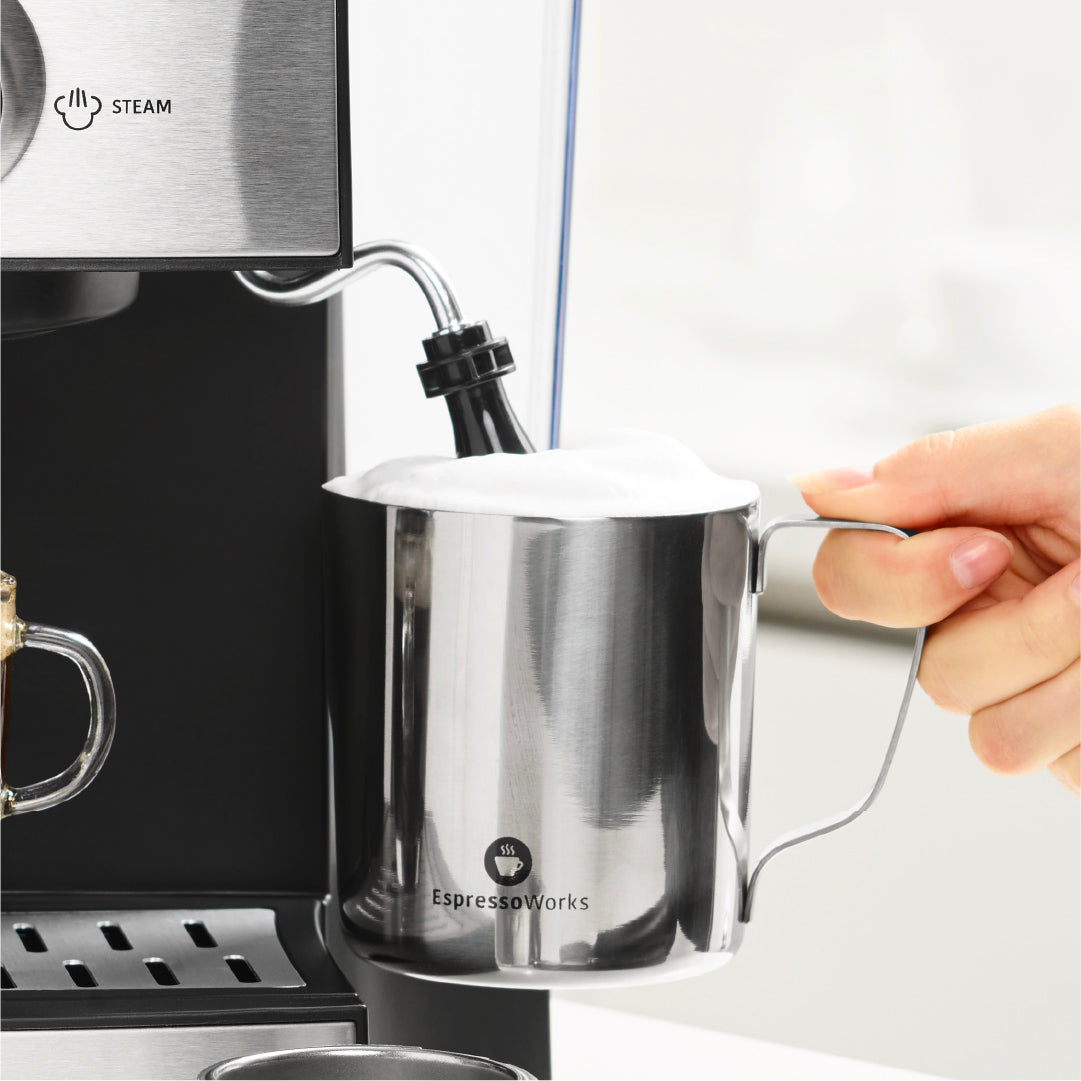
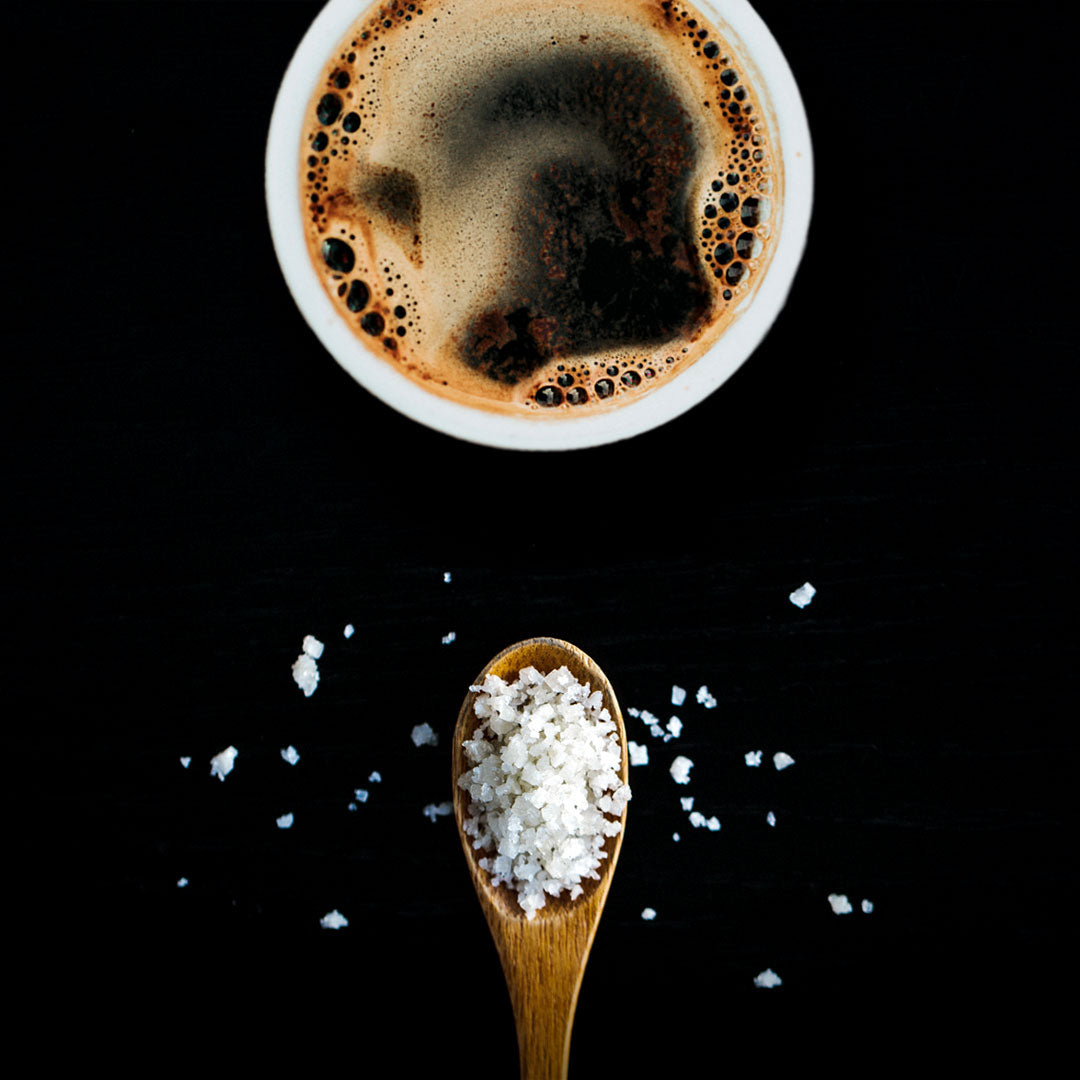
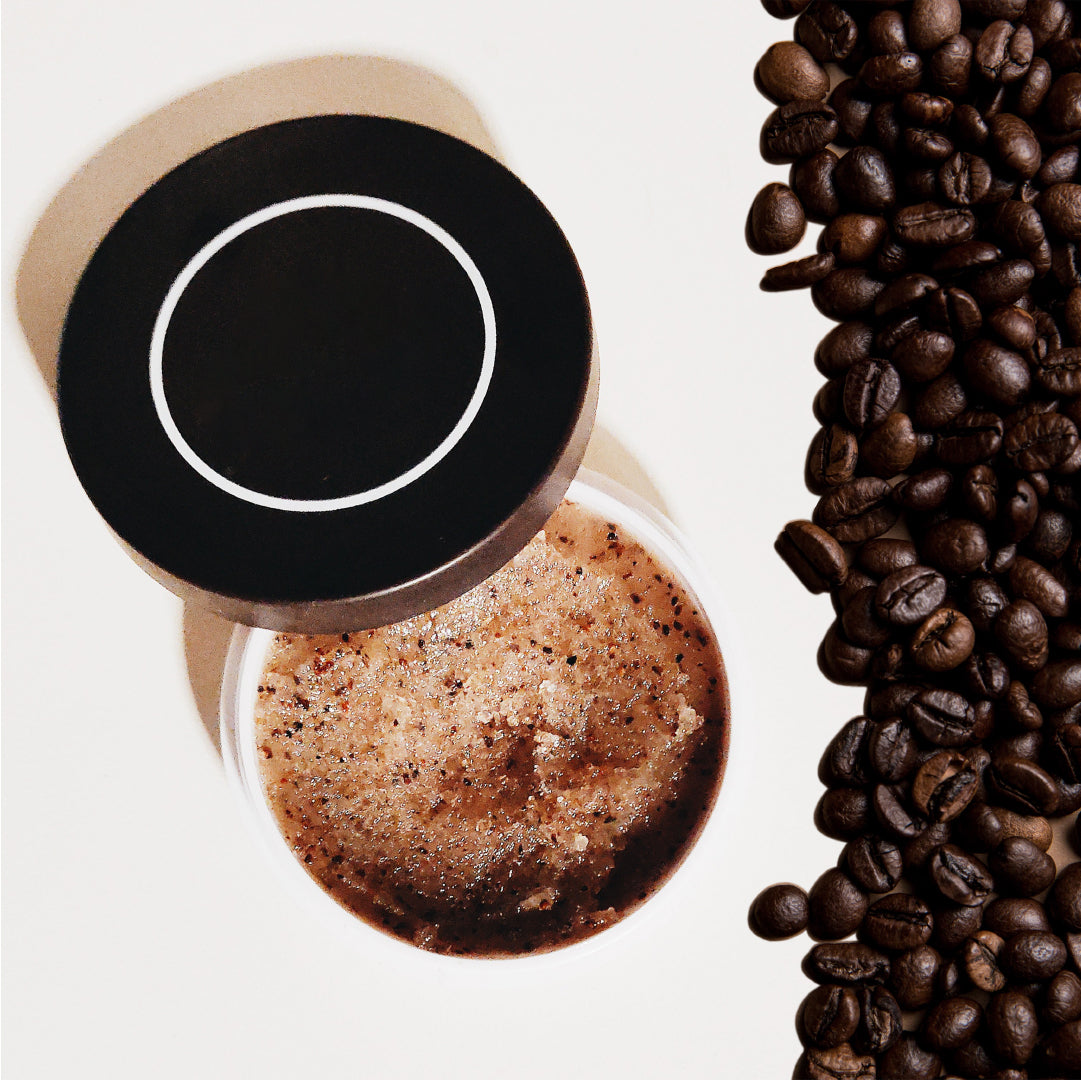
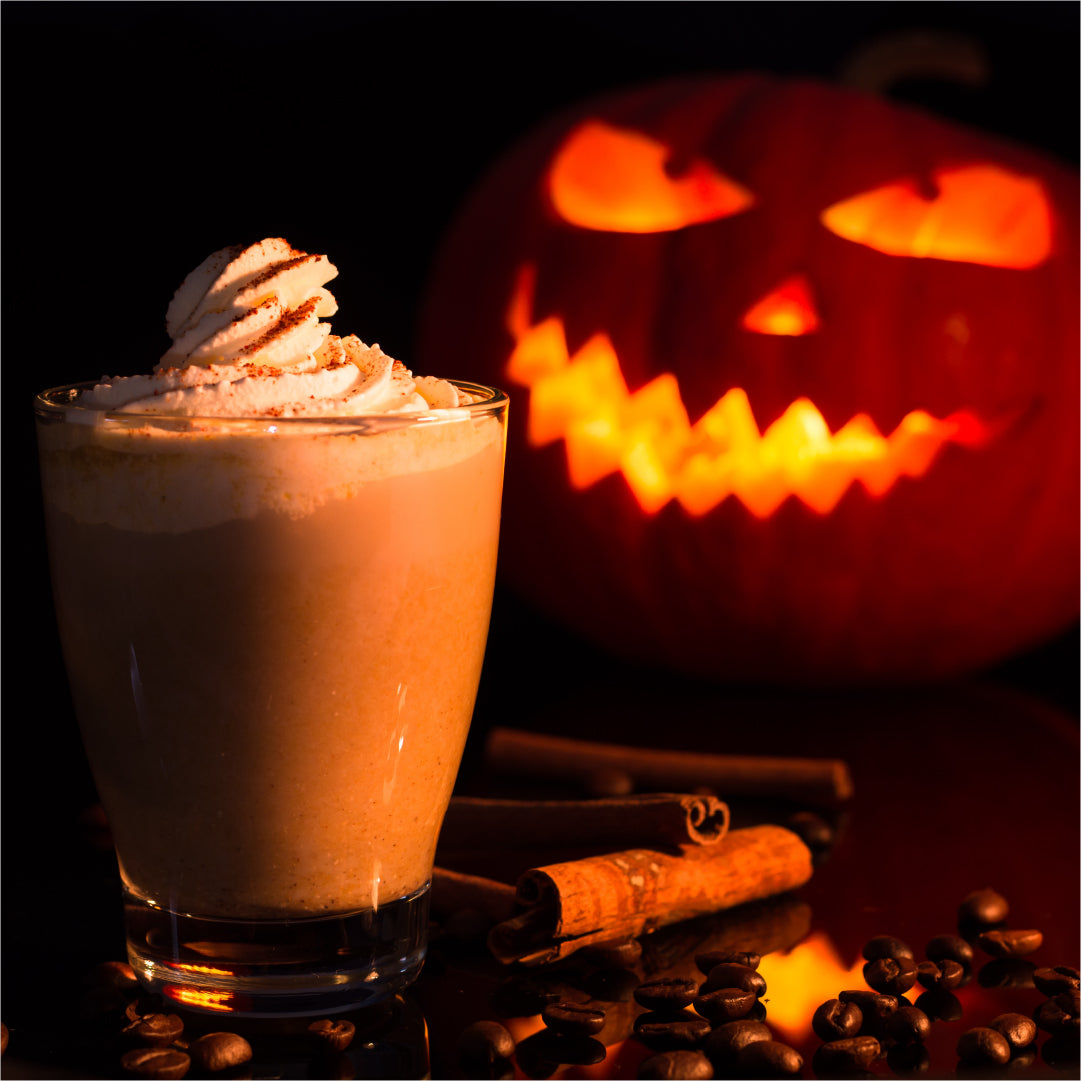
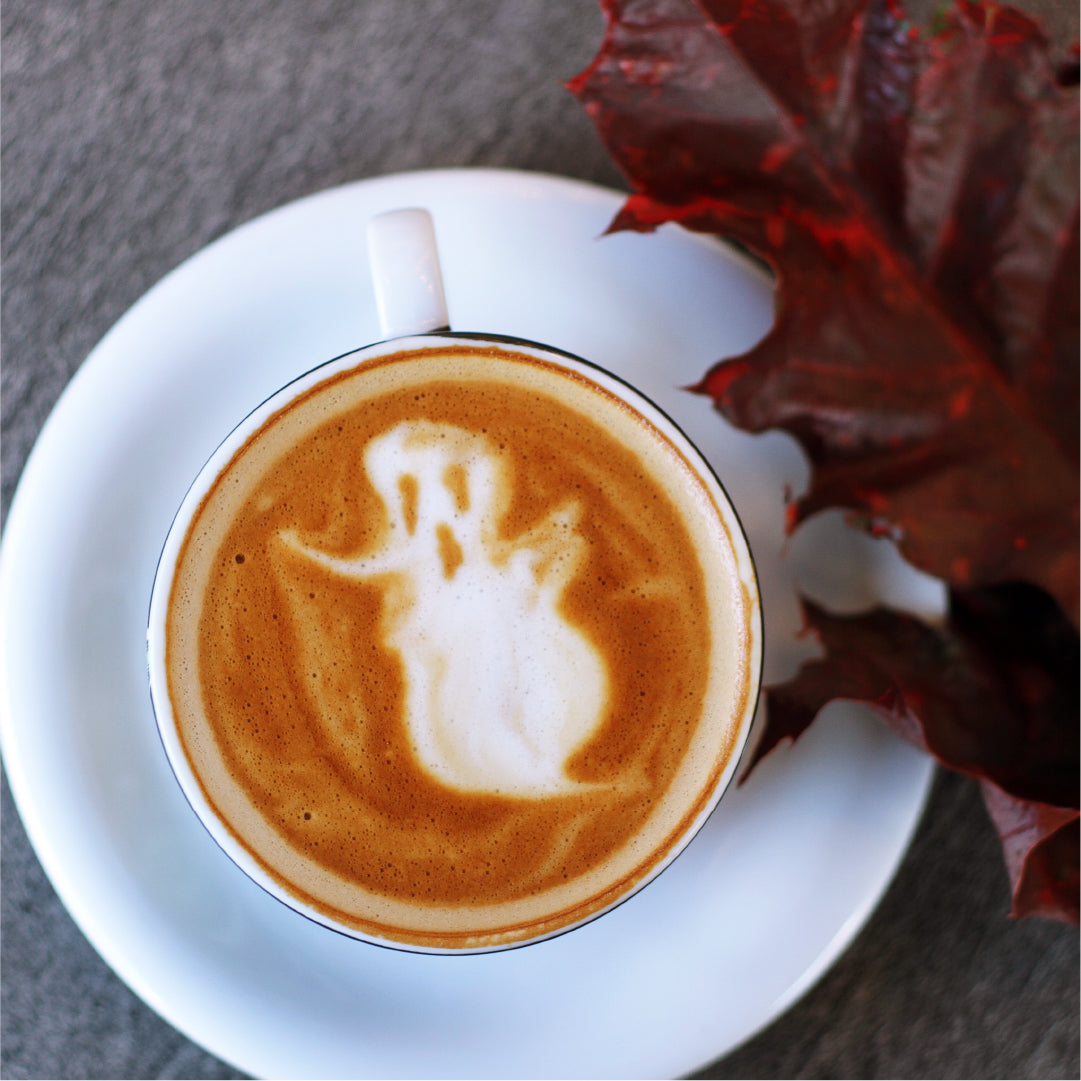
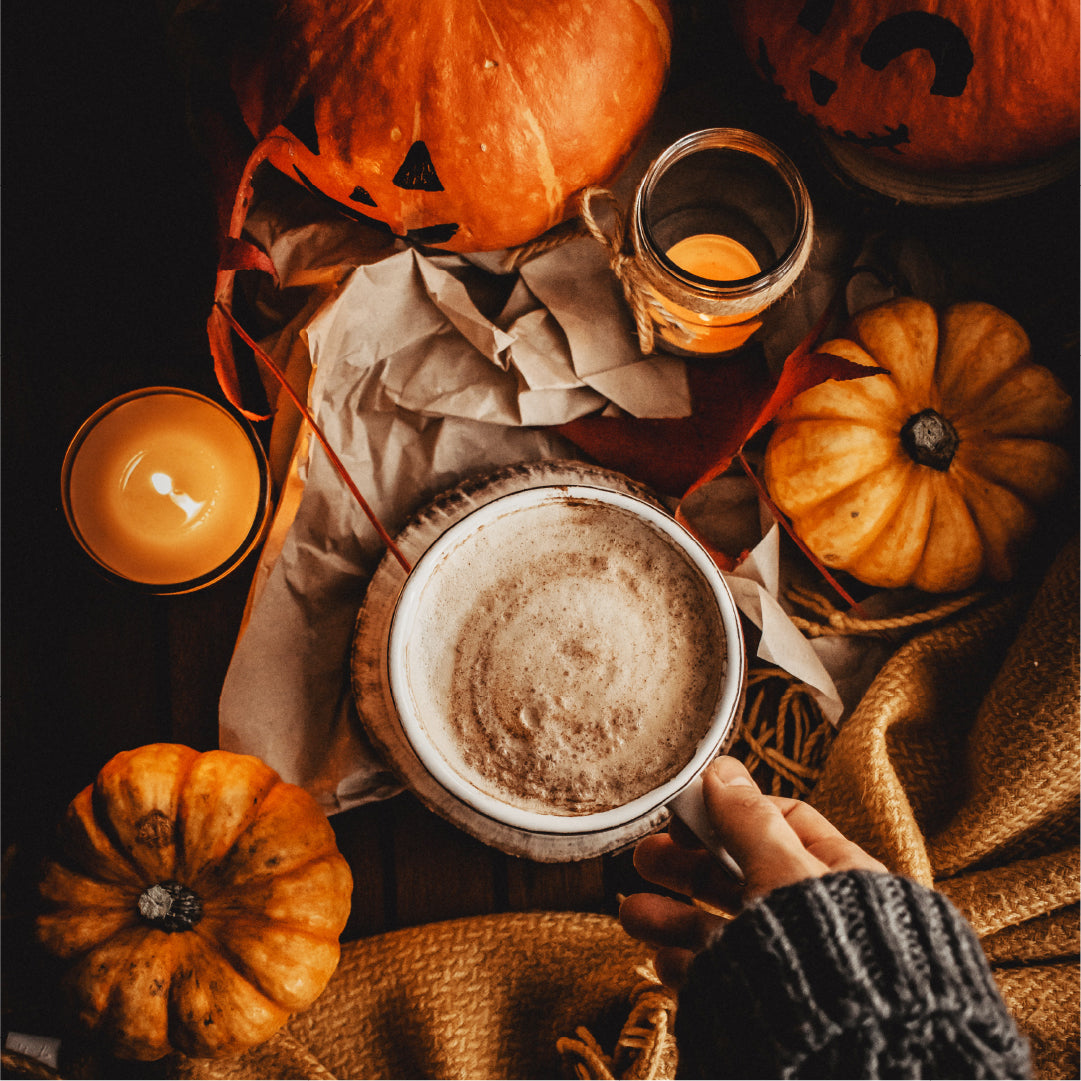
Share:
What is a Burr Grinder?
6 Scary and Scrumptious Halloween Coffee Recipes